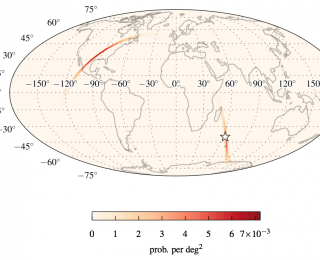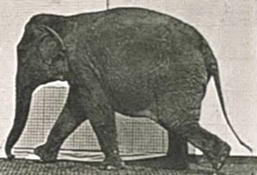
Talking about our Research
When I was an undergrad speaking about my studies or my summer research project to people outside my field was scary. Now, believe it or not, a decade later, it’s still scary!

When I was an undergrad speaking about my studies or my summer research project to people outside my field was scary. Now, believe it or not, a decade later, it’s still scary!

Today’s authors present a way to get deep images without telescope time. Their method involves a clever compilation of sky images from the Web. The algorithm, called Enhance, synthesizes a collection of short-exposure images gleaned from the Web to produce a deep image.

How quickly will Advanced LIGO/Virgo be able to detect a gravitational wave, and how precisely will they be able to tell their partner electromagnetic telescopes where to point? Today’s authors answer these questions for the most promising and best-understood type of system, binary neutron star mergers. Specifically, they take a realistic look at LIGO/Virgo’s first two online years, including their early sensitivity and expected downtime.

In this short critical essay, a computational astrophysicist, Kevin Heng, questions the movement of his field toward more complex models producing larger volumes of data. Toward the end of his essay, Heng poses some open questions to the simulation community. “Is scientific truth more robustly represented by the simplest, or the most complex model?”, and, “How may we judge when a simulation has successfully approximated reality in some way?”

How good are citizen-scientists at characterizing crater densities and size distributions on the lunar surface? For that matter how good are the experts? Today’s study attempts to answer these questions by having a group of experts analyze images of the Moon from the Lunar Reconnaissance Orbiter Camera.